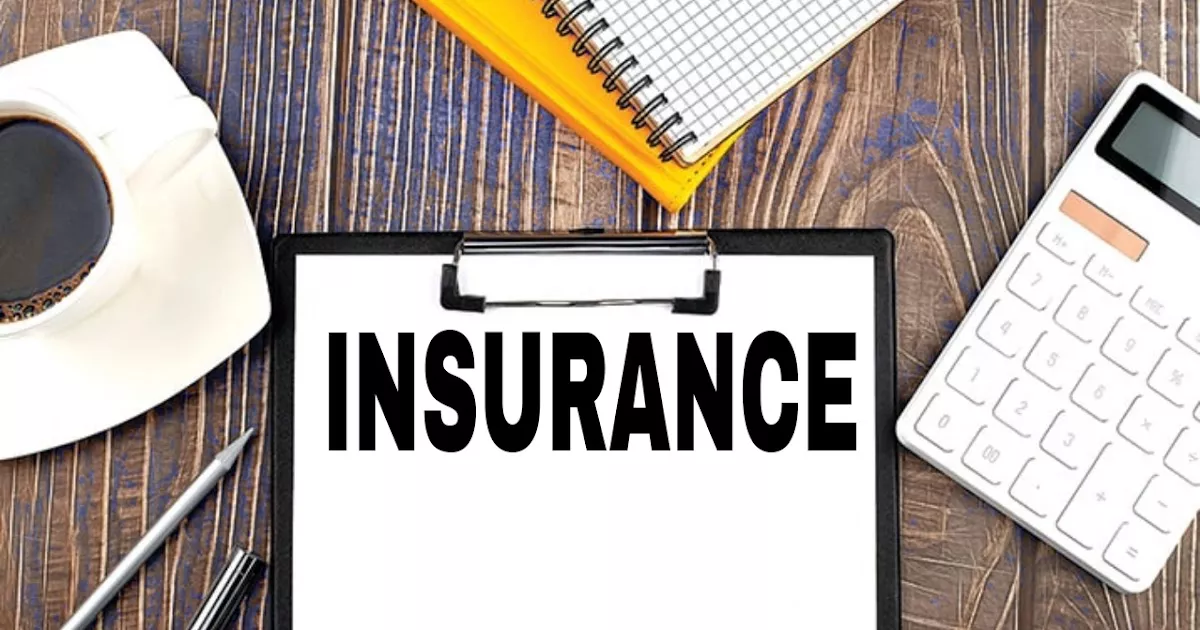Car insurance is a necessary expense for drivers in Wisconsin. The cost can vary based on several factors. These include driving history, location, age, and the type of coverage selected. Wisconsin has its own regulations that influence insurance rates.
The state requires minimum liability coverage. This ensures that drivers can cover costs if they cause an accident. However, many drivers opt for additional protection. Understanding these factors helps in estimating insurance costs accurately.
Factors Affecting Car Insurance Rates
Several elements determine how much drivers pay for car insurance in Wisconsin.
Driving Record
A clean driving record usually means lower premiums. Traffic violations or accidents can increase costs. Insurance companies view high-risk drivers as more likely to file claims.
Location
Urban areas like Milwaukee often have higher rates than rural regions. More traffic leads to a greater chance of accidents. Theft and vandalism rates also impact premiums in cities.
Age and Gender
Younger drivers typically pay more due to inexperience. Statistically, they are more prone to accidents. Gender can also play a role, though some states restrict this factor.
Vehicle Type
Luxury or high-performance cars cost more to insure. They are expensive to repair or replace. Safety features may lower premiums for some vehicles.
Coverage Level
Minimum liability coverage is cheaper than full coverage. Comprehensive and collision insurance add to the cost but provide greater protection.
Average Car Insurance Costs in Wisconsin
Wisconsin’s car insurance rates are close to the national average. Drivers here often pay less than in high-cost states. However, individual rates depend on personal circumstances.
Liability-only policies are the most affordable. Full coverage policies, which include comprehensive and collision, cost more. The exact price depends on the factors previously discussed.
Minimum Car Insurance Requirements in Wisconsin
Wisconsin law mandates certain minimum coverages. Drivers must have:
- Bodily injury liability per person
- Bodily injury liability per accident
- Property damage liability
Uninsured motorist coverage is also required. This protects drivers if they are hit by someone without insurance.
While these are the minimums, many drivers choose higher limits. This provides better financial protection in case of a serious accident.
Ways to Lower Car Insurance Costs
There are strategies to reduce car insurance expenses in Wisconsin.
Compare Quotes
Shopping around helps find the best rates. Different insurers offer varying prices for the same coverage.
Maintain a Good Driving Record
Avoiding accidents and traffic violations keeps premiums low. Some insurers offer discounts for safe driving over time.
Bundle Policies
Combining auto and home insurance with one provider can lead to discounts. Many companies reward customers for multiple policies.
Increase Deductibles
A higher deductible lowers monthly premiums. However, this means paying more out of pocket in case of a claim.
Take Advantage of Discounts
Many insurers offer discounts for:
- Good students
- Military personnel
- Safety features in the vehicle
- Low annual mileage
The Impact of Credit Score on Insurance Rates
In Wisconsin, insurers may use credit scores to determine rates. Studies suggest a correlation between credit history and claim likelihood. Maintaining good credit can help secure lower premiums.
Special Considerations for High-Risk Drivers
Drivers with poor records may struggle to find affordable insurance. Some insurers specialize in high-risk policies. Wisconsin also has an assigned risk pool for those who cannot get coverage elsewhere.
The Role of Insurance Providers in Pricing
Insurance companies use complex algorithms to determine premiums. These models assess risk based on historical data and statistical trends. While state regulations set minimum requirements, insurers have flexibility in pricing beyond those baselines. This explains why quotes can vary significantly between providers for identical coverage profiles.
Seasonal Variations in Wisconsin Insurance Rates
Weather patterns in Wisconsin can indirectly influence insurance costs. Harsh winters with icy roads lead to more claims during certain months. Some insurers adjust rates regionally to account for seasonal risk fluctuations. Drivers may find slight premium differences when purchasing or renewing policies at different times of the year.
The Growing Impact of Telematics
Usage-based insurance programs are becoming more prevalent in Wisconsin. These systems track driving behavior through mobile apps or onboard devices. Safe drivers can qualify for substantial discounts based on actual performance rather than demographic assumptions. This technology is gradually changing how insurers calculate risk and price policies.
Legal Changes Affecting Wisconsin Insurance Market
Recent legislative developments continue to shape the insurance landscape. Lawmakers periodically review minimum coverage requirements and consumer protection rules. These changes can cause ripple effects across the entire pricing structure. Staying informed about regulatory updates helps drivers anticipate potential rate adjustments.
Future Trends in Auto Insurance Pricing
Emerging technologies like autonomous vehicles and advanced safety systems may transform insurance models. While these innovations are still developing, they promise to reduce accident frequency over time. Wisconsin insurers are beginning to incorporate these factors into their long-term pricing strategies, which could eventually lead to fundamental changes in how premiums are calculated.
Conclusion
Car insurance costs in Wisconsin depend on multiple factors. These include driving history, location, vehicle type, and coverage level. While the state’s rates are near the national average, individual premiums vary.
Understanding these elements helps drivers make informed decisions. Comparing quotes and maintaining a clean record can lead to savings. Every driver should assess their needs to find the right balance between cost and coverage.
By staying informed, Wisconsin drivers can secure the best possible rates while meeting legal requirements. Car insurance is not just a legal obligation but also a crucial financial safety net. Making smart choices ensures protection without unnecessary expense.
Related Topics:
Why Do Red Cars Have Higher Insurance?

































